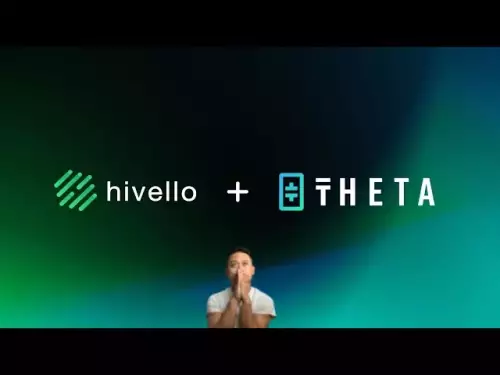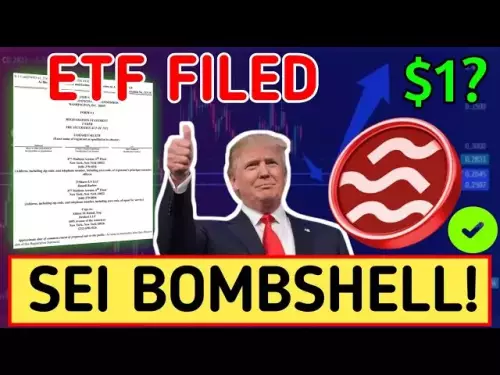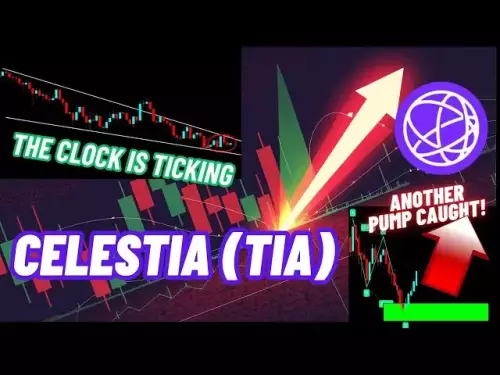-
 Bitcoin
Bitcoin $107700
-3.43% -
 Ethereum
Ethereum $4312
-3.34% -
 Tether USDt
Tether USDt $1.000
0.02% -
 XRP
XRP $2.785
-5.40% -
 BNB
BNB $856.1
-2.13% -
 Solana
Solana $202.8
-5.28% -
 USDC
USDC $0.9999
-0.02% -
 Dogecoin
Dogecoin $0.2131
-3.55% -
 TRON
TRON $0.3376
-1.83% -
 Cardano
Cardano $0.8227
-2.40% -
 Chainlink
Chainlink $23.09
-5.10% -
 Hyperliquid
Hyperliquid $43.92
-4.42% -
 Ethena USDe
Ethena USDe $1.000
-0.04% -
 Sui
Sui $3.242
-5.66% -
 Stellar
Stellar $0.3570
-5.04% -
 Bitcoin Cash
Bitcoin Cash $526.6
-4.80% -
 Avalanche
Avalanche $23.26
-6.09% -
 Hedera
Hedera $0.2243
-5.36% -
 Cronos
Cronos $0.2685
-15.23% -
 UNUS SED LEO
UNUS SED LEO $9.493
-0.80% -
 Litecoin
Litecoin $109.1
-3.21% -
 Toncoin
Toncoin $3.062
-3.25% -
 Shiba Inu
Shiba Inu $0.00001211
-3.37% -
 Polkadot
Polkadot $3.739
-5.05% -
 Uniswap
Uniswap $9.510
-4.13% -
 Dai
Dai $0.9999
-0.02% -
 Bitget Token
Bitget Token $4.523
-1.22% -
 Monero
Monero $260.2
-1.90% -
 Aave
Aave $314.6
-0.44% -
 Ethena
Ethena $0.6336
-4.10%
Bitfinex API Trading: The Ultimate Guide for Developers.
Bitfinex offers REST and WebSocket APIs for trading, real-time data, and account management, requiring secure API keys and proper rate limit handling.
Aug 29, 2025 at 06:29 am
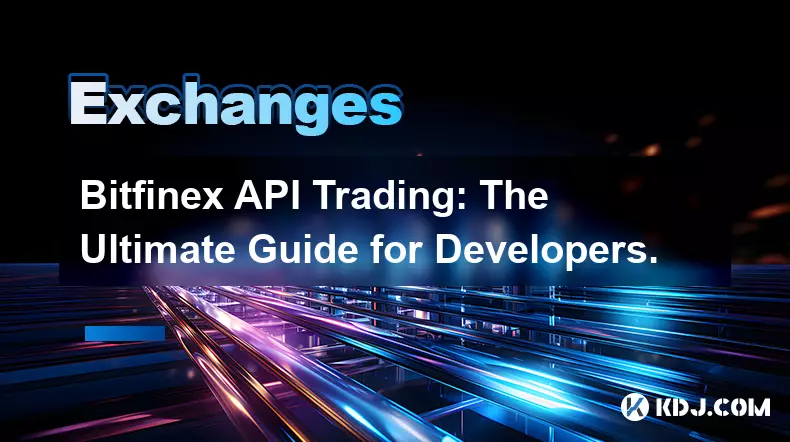
Understanding Bitfinex API Basics
1. Bitfinex provides a comprehensive REST and WebSocket API that allows developers to interact with its trading engine, account data, and market information. The API supports both public and private endpoints, enabling access to real-time ticker data, order books, historical trades, and personal wallet balances. To get started, developers must generate API keys from their Bitfinex account with appropriate permissions such as reading, placing orders, or withdrawing funds.
2. The REST API is ideal for one-off requests such as fetching account information or placing a single order. It operates over HTTPS and returns data in JSON format. Each private request must be authenticated using an API key, a secret key, and a JSON Web Token (JWT) generated with HMAC-SHA384 encryption. The authentication process ensures secure access to user-specific data and transaction capabilities.
3. WebSocket API is preferred for real-time data streaming, including live price updates, order execution reports, and position changes. It maintains a persistent connection, reducing latency and enabling high-frequency trading strategies. Developers can subscribe to various channels such as ticker, book, raw book, and candles to receive continuous data feeds.
4. Rate limits are enforced to maintain system stability. Public endpoints allow up to 90 requests per minute, while private endpoints are limited to 50 requests per minute. Exceeding these limits may result in temporary IP blocking. Implementing exponential backoff and request queuing mechanisms can help manage rate constraints effectively.
5. Bitfinex supports multiple trading pairs, including major cryptocurrencies like BTC, ETH, and stablecoins such as USDt. Each pair has specific precision levels for price and amount, which must be respected when constructing orders. Developers should retrieve symbol details via the /symbols endpoint to ensure correct formatting.
Setting Up Your Development Environment
1. Choose a programming language that supports HTTP requests and WebSocket connections. Popular options include Python, JavaScript (Node.js), and Go. Libraries such as Axios, WebSocket-Node, or ccxt simplify API integration by handling authentication and message formatting.
2. Install the necessary dependencies using package managers like pip, npm, or go mod. For example, in Python, install the requests and websocket-client libraries to handle REST and WebSocket communications. Use virtual environments to isolate project dependencies and avoid conflicts.
3. Store API credentials securely using environment variables or a configuration file outside version control. Never hardcode keys in source files. Utilize tools like dotenv to manage sensitive data during development.
4. Test API connectivity by making a simple public request, such as retrieving the current ticker for BTC/USD. A successful response confirms network access and correct endpoint URLs. Use sandbox environments if available to avoid unintended live trades during testing.
5. Implement logging to monitor API requests and responses. Log timestamps, endpoint calls, and error messages to diagnose issues quickly. Rotate logs regularly to prevent excessive disk usage, especially in long-running trading bots.
Executing Trades and Managing Orders
1. Place market, limit, stop, and trailing stop orders using the v2 order submission endpoint. Each order requires parameters such as symbol (e.g., tBTCUSD), amount (positive for buy, negative for sell), and type (e.g., EXCHANGE LIMIT). Ensure the amount precision matches the symbol’s configuration to avoid rejection.
2. Monitor order status through WebSocket notifications or periodic REST polling. The API emits execution updates including partial fills, full execution, or cancellation. Subscribing to the 'orders' channel delivers real-time updates, crucial for algorithmic strategies.
3. Cancel orders individually or in bulk using the order cancel endpoint. Provide the order ID for single cancellation or use filters like symbol and side for mass cancellation. Always verify cancellation confirmation before assuming the order is removed.
4. Handle partial fills by adjusting position tracking logic. Some orders execute in multiple trades, requiring aggregation to determine average fill price and remaining quantity. Maintain a local order book mirror to synchronize with Bitfinex state.
5. Implement error handling for common issues such as insufficient funds, invalid parameters, or network timeouts. Parse error codes like 10300 (key not found) or 10001 (invalid order) to trigger corrective actions. Retry transient failures with delays to prevent cascading errors.
Frequently Asked Questions
How do I generate a valid API signature for private requests?Use HMAC-SHA384 to sign a concatenated payload consisting of the request path, nonce, and body (if any) with your secret key. Encode the result in Base64 and include it in the 'X-BFX-SIGNATURE' header. The nonce must be a strictly increasing integer to prevent replay attacks.
What is the difference between the raw book and the L2 book in WebSocket feeds?The raw book (book/R0) shows every individual order in the order book, providing full market depth. The L2 book (book/P0) aggregates orders by price level, reducing data volume. Use raw book for scalping strategies requiring precision, and L2 for general market monitoring.
Can I trade futures and margin positions using the Bitfinex API?Yes, the API supports margin trading and derivatives. Use symbols prefixed with 'f' for futures (e.g., fBTCF0) and 't' with margin suffixes for leveraged positions. Ensure your account has sufficient margin and that your API key has trading permissions enabled.
How often does Bitfinex update candlestick data via WebSocket?Candle updates are published at the end of each interval. Supported timeframes include 1m, 5m, 15m, 30m, 1h, 3h, 6h, and 1d. The WebSocket stream emits a new candle once the period closes, containing open, high, low, close, and volume values.
Disclaimer:info@kdj.com
The information provided is not trading advice. kdj.com does not assume any responsibility for any investments made based on the information provided in this article. Cryptocurrencies are highly volatile and it is highly recommended that you invest with caution after thorough research!
If you believe that the content used on this website infringes your copyright, please contact us immediately (info@kdj.com) and we will delete it promptly.
- Paige Bueckers, Micah Parsons, and Luka Doncic: A whirlwind of trades, stardom, and cross-sport admiration
- 2025-08-30 09:25:36
- Bitcoin, Settlement, and Accounting Standards: A New Era of Transparency?
- 2025-08-30 10:10:12
- Malagón, América, and Revenge: A Hunger for Redemption in 2025
- 2025-08-30 07:53:33
- Ethereum, Crypto Trends, and the Core of Innovation: A NYC Perspective
- 2025-08-30 08:50:40
- Memecoin Millionaires: Can Ethereum's Pepeto Pave the Path?
- 2025-08-30 06:00:22
- Pepeto's Play: Can This Memecoin Be the Next BNB?
- 2025-08-30 06:58:50
Related knowledge
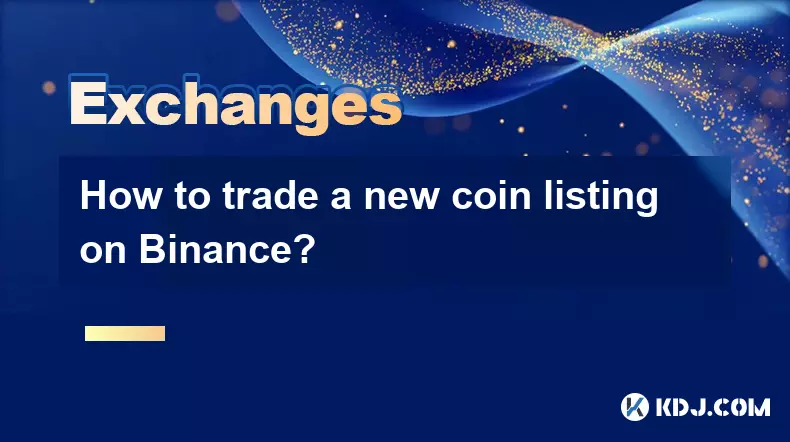
How to trade a new coin listing on Binance?
Aug 29,2025 at 11:14am
Understanding the Pre-Listing Phase1. Research the project thoroughly before any listing announcement. Whitepapers, team backgrounds, and community se...
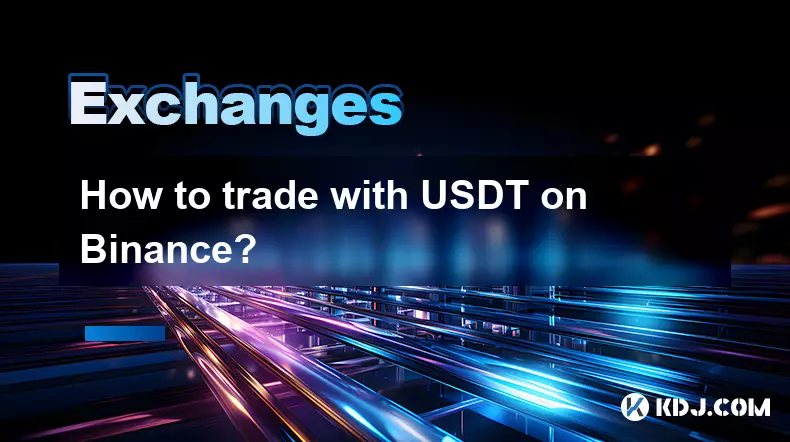
How to trade with USDT on Binance?
Aug 30,2025 at 02:19am
Getting Started with USDT Trading on Binance1. Create and verify your Binance account. Visit the official Binance website and complete the registratio...
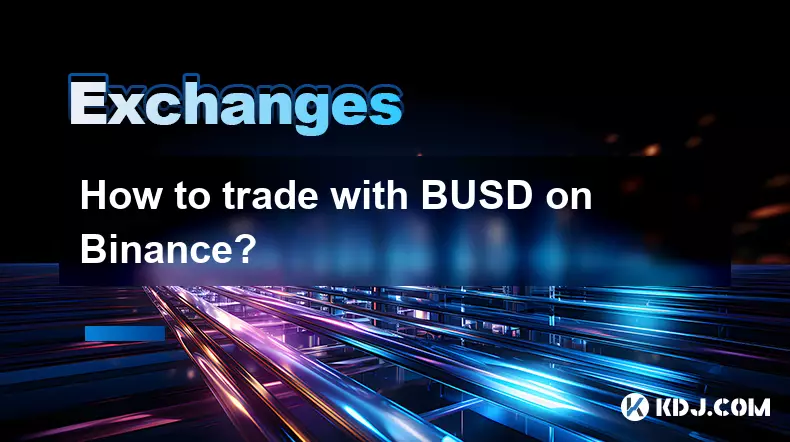
How to trade with BUSD on Binance?
Aug 30,2025 at 07:42am
Understanding BUSD and Its Role in Binance Trading1. BUSD, or Binance USD, is a stablecoin pegged to the value of the U.S. dollar, meaning 1 BUSD is a...
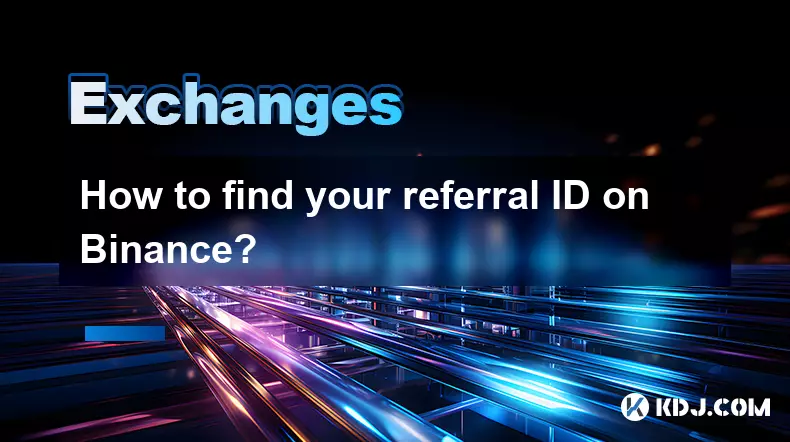
How to find your referral ID on Binance?
Aug 30,2025 at 12:18am
Understanding the Importance of a Referral ID on Binance1. A referral ID on Binance is a unique identifier assigned to each user who participates in t...
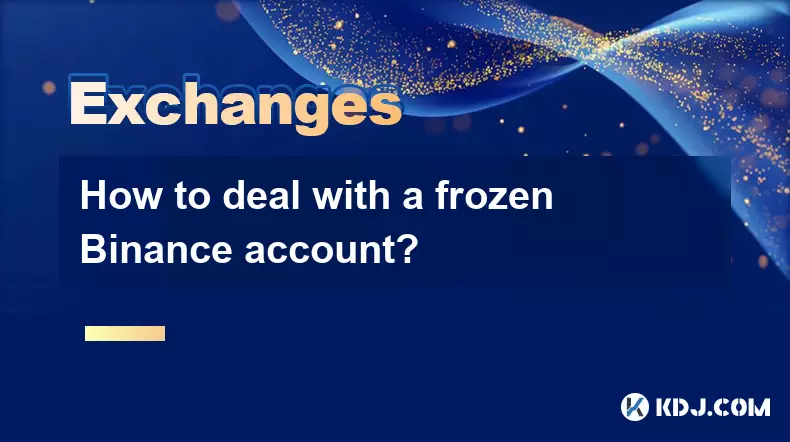
How to deal with a frozen Binance account?
Aug 30,2025 at 05:52am
Understanding the Reasons Behind a Frozen Binance Account1. Accounts on Binance may be frozen due to security concerns, especially after unusual login...

How to participate in Binance Launchpool?
Aug 30,2025 at 09:36am
Understanding Binance Launchpool Mechanics1. Binance Launchpool allows users to stake existing cryptocurrencies to earn newly launched tokens. The pla...

How to trade a new coin listing on Binance?
Aug 29,2025 at 11:14am
Understanding the Pre-Listing Phase1. Research the project thoroughly before any listing announcement. Whitepapers, team backgrounds, and community se...

How to trade with USDT on Binance?
Aug 30,2025 at 02:19am
Getting Started with USDT Trading on Binance1. Create and verify your Binance account. Visit the official Binance website and complete the registratio...

How to trade with BUSD on Binance?
Aug 30,2025 at 07:42am
Understanding BUSD and Its Role in Binance Trading1. BUSD, or Binance USD, is a stablecoin pegged to the value of the U.S. dollar, meaning 1 BUSD is a...

How to find your referral ID on Binance?
Aug 30,2025 at 12:18am
Understanding the Importance of a Referral ID on Binance1. A referral ID on Binance is a unique identifier assigned to each user who participates in t...

How to deal with a frozen Binance account?
Aug 30,2025 at 05:52am
Understanding the Reasons Behind a Frozen Binance Account1. Accounts on Binance may be frozen due to security concerns, especially after unusual login...

How to participate in Binance Launchpool?
Aug 30,2025 at 09:36am
Understanding Binance Launchpool Mechanics1. Binance Launchpool allows users to stake existing cryptocurrencies to earn newly launched tokens. The pla...
See all articles





















